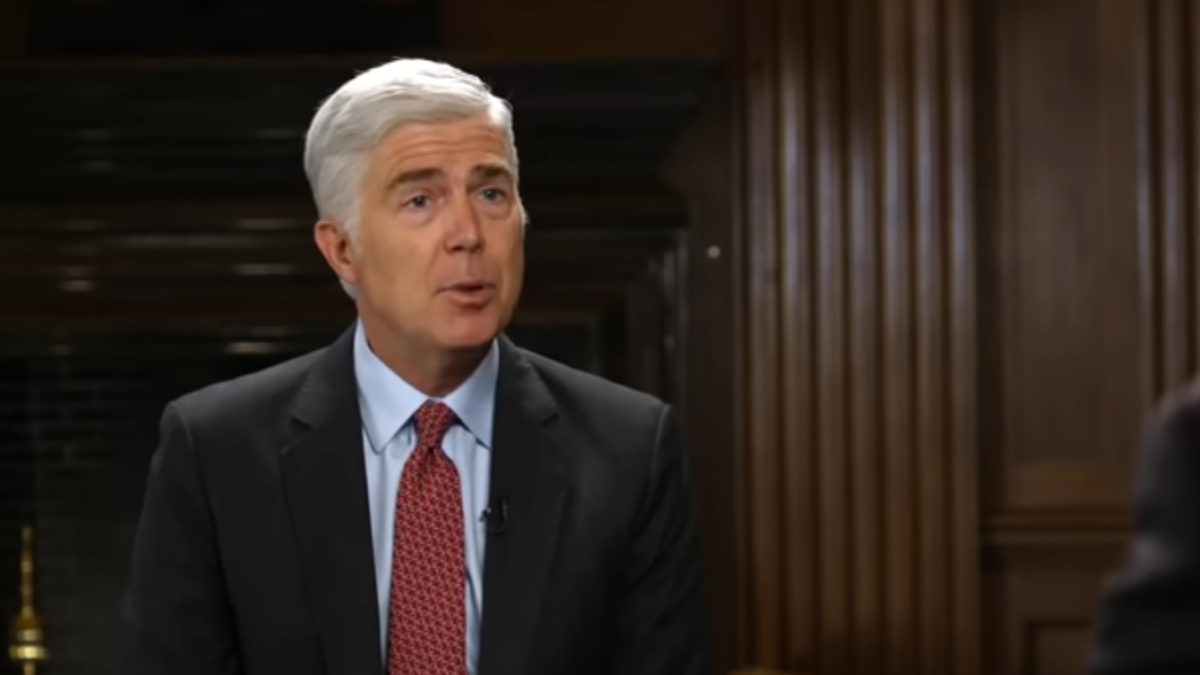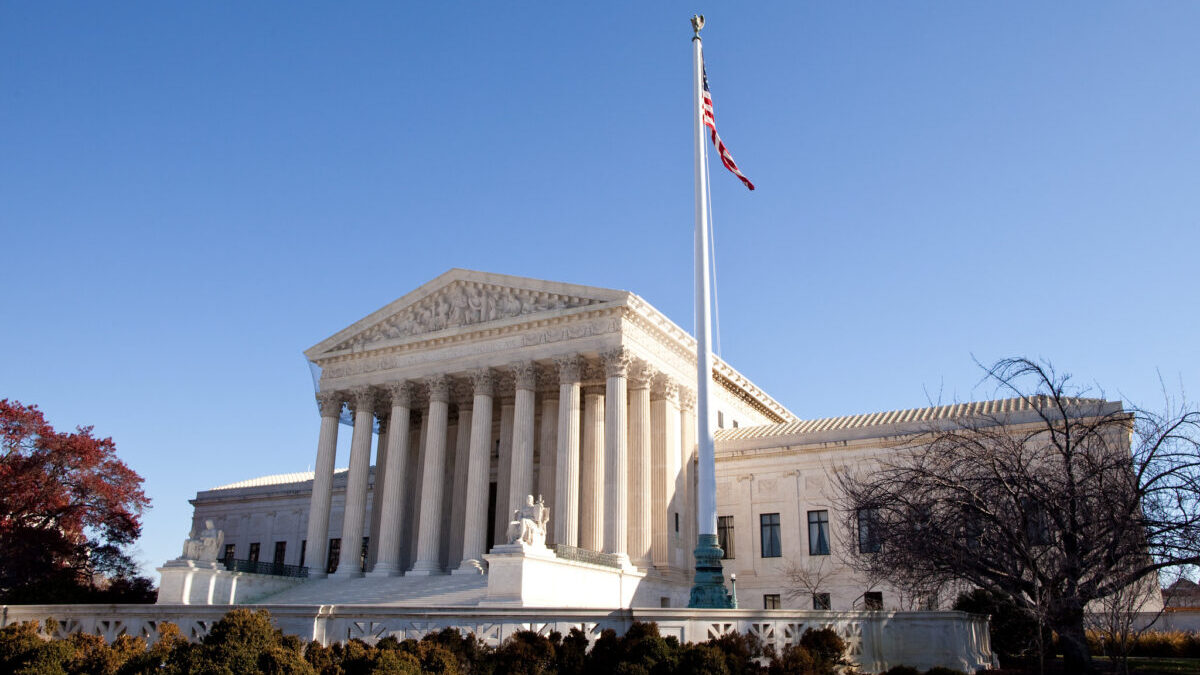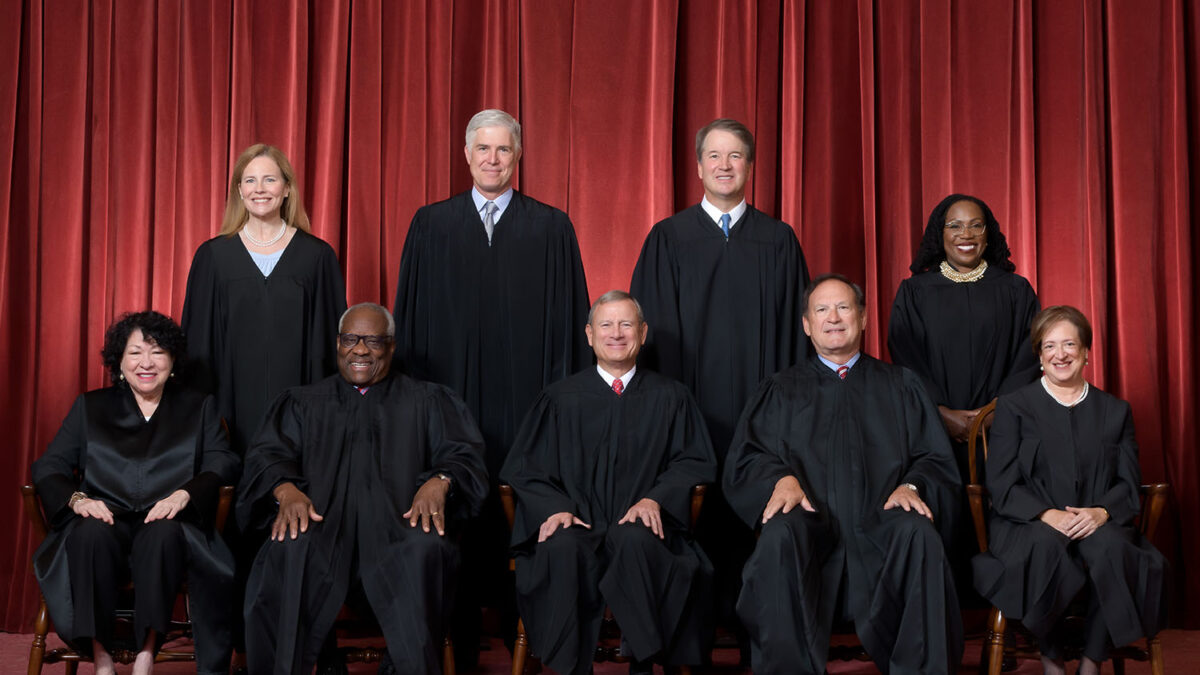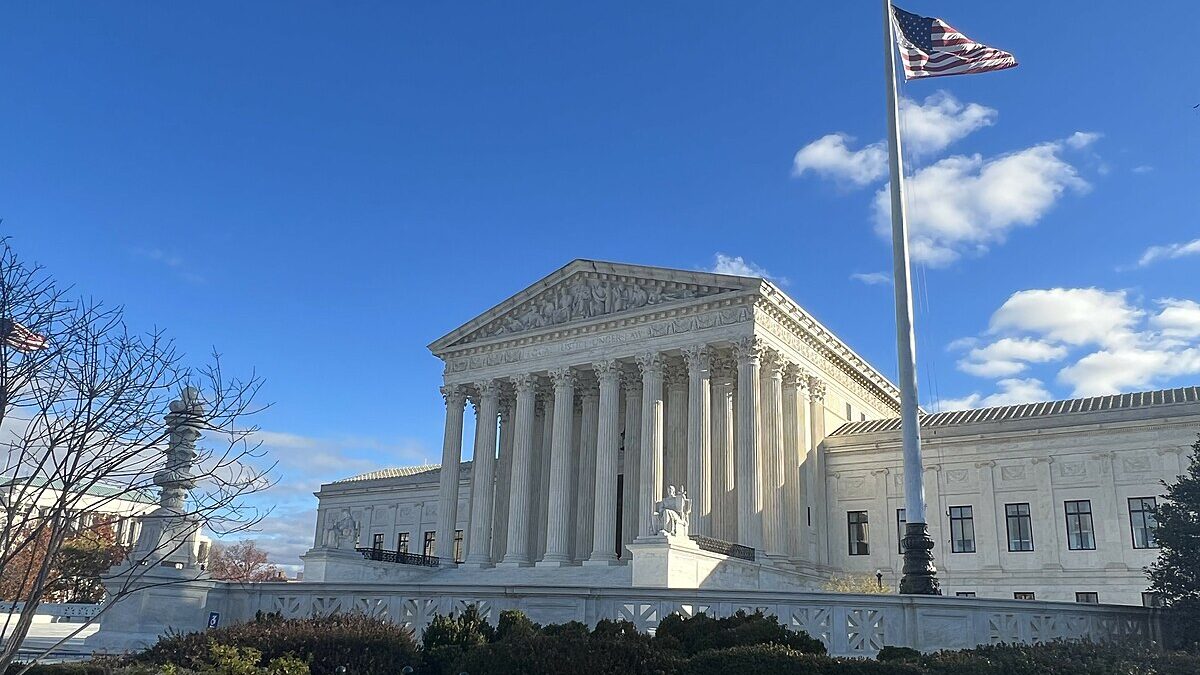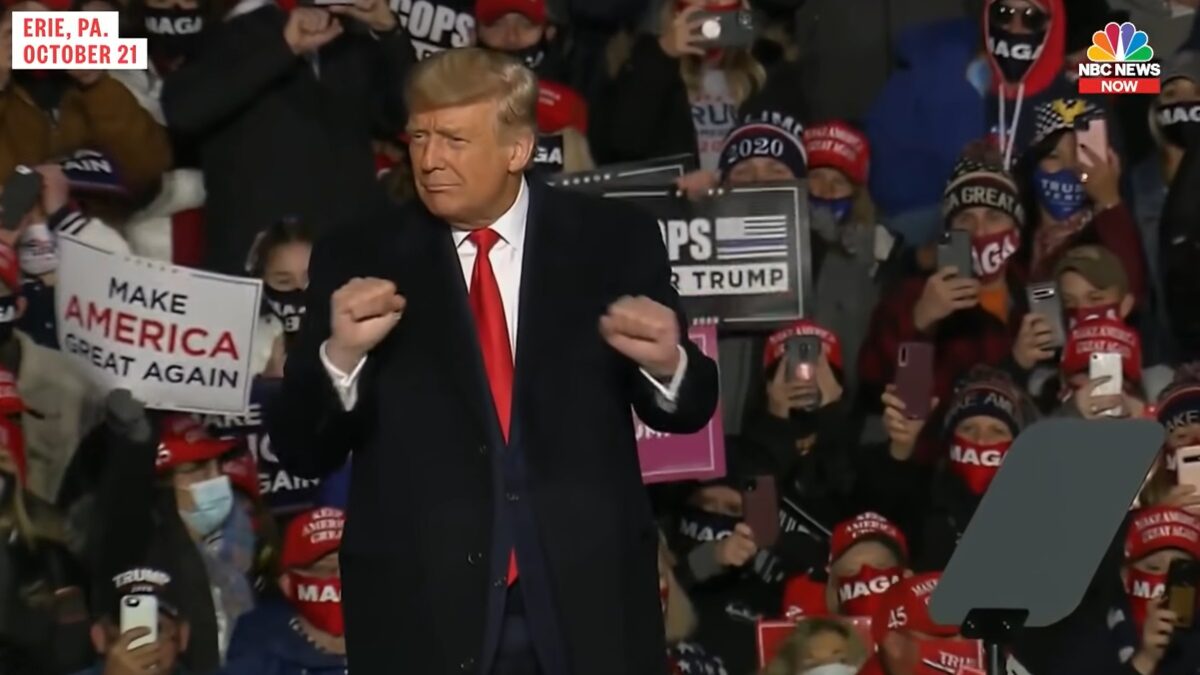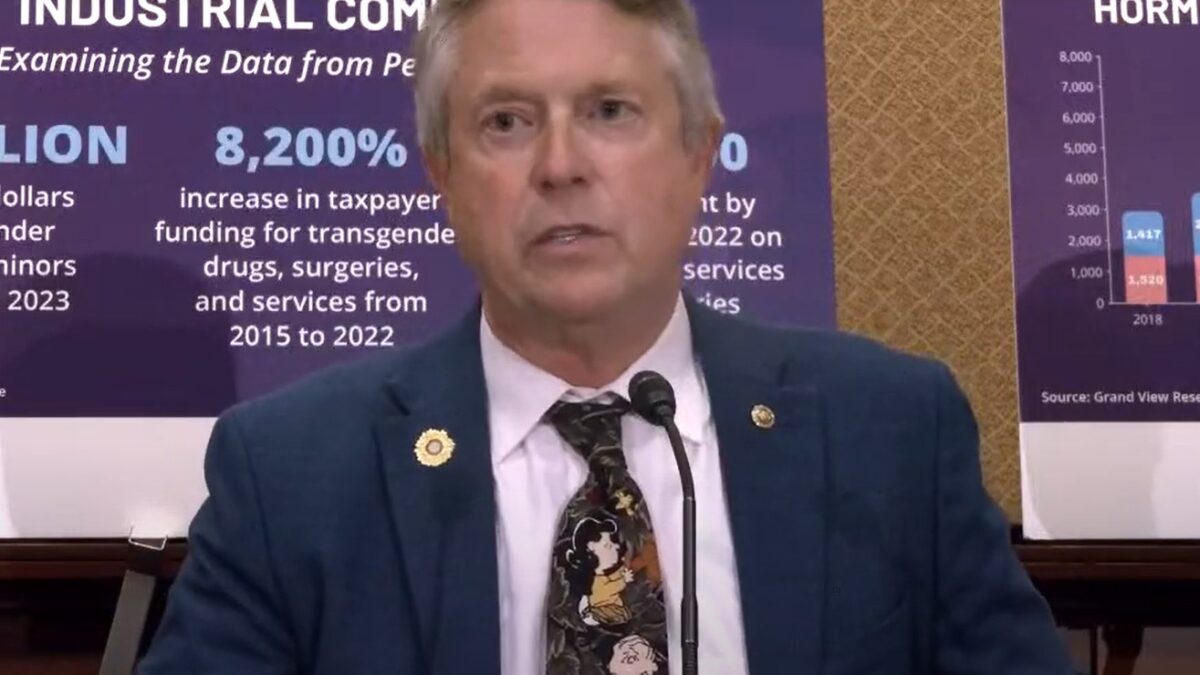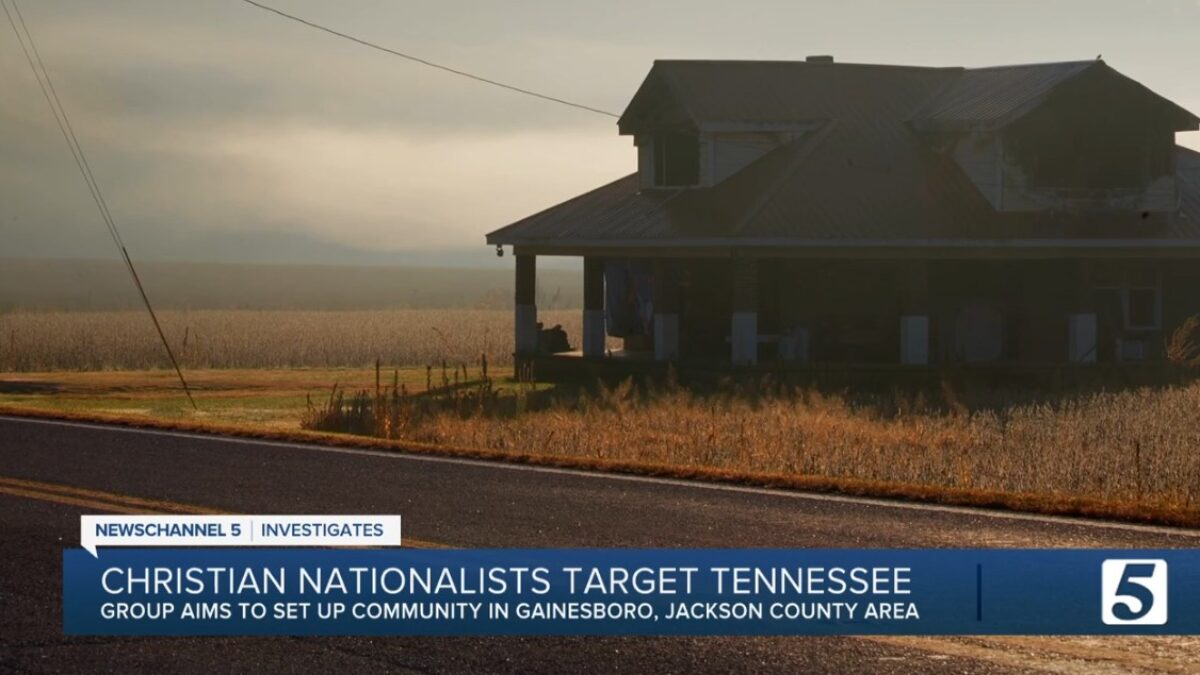
On Nov. 4, the Supreme Court heard oral argument in Fulton v. City of Philadelphia, a challenge to the city’s exclusion of Catholic Social Services from participation in the foster care system due to its views on same-sex behavior. This may sound like a run-of-the-mill battle in the culture war, but there’s a lot more to it.
Fulton is part of a broader effort to hold the government to a higher standard whenever it limits our freedom—from our ability to speak, work, exercise religion, or simply order our lives how we want. A controversial 30-year-old ruling written by Justice Antonin Scalia, Employment Division v. Smith, stands in the way, and Fulton asks the Supreme Court to overturn it.
What Scalia’s Smith Decision Was All About
In Smith, the Supreme Court considered a free-exercise challenge to state’s denial of unemployment benefits to two Native American drug counselors who were fired for participating in religious peyote ceremonies. The drug counselors believed they were entitled to an exemption from the state’s law prohibiting the use of mind-altering drugs based on their religious beliefs. The case reached the Supreme Court at the height of the War on Drugs, and to quote First Lady Nancy Reagan, five justices were ready to “Just Say No.”
Under the Supreme Court’s free exercise jurisprudence of the 1970s and 1980s, it evaluated whether a law that burdened the exercise of religion was justified by a compelling interest that couldn’t be served by less restrictive means. This is known as strict scrutiny. Yet free exercise plaintiffs more often than not lose at the Supreme Court under this standard, leading to the aphorism that it was “strict in theory, feeble in fact.”
Writing for the majority in Smith, Scalia departed from this well-worn standard, holding that a person’s religious beliefs do not excuse him from complying with reasonable generally applicable laws. Scalia explained that it would be better for individuals to seek religious accommodation from legislatures rather than asking judges to second-guess the legislature and fashion such relief.
Justice Sandra Day O’Connor wrote a concurring opinion supplying a sixth vote to Scalia’s majority. She wrote separately to explain her agreement with the outcome (that the drug counselors should lose) but said the court should have applied the old standard to reach that decision.
In her view, earlier cases had all involved generally applicable laws, and she declared that if the free exercise clause “is to have any vitality,” it cannot cover only laws that directly target religious practice. After all, the First Amendment “does not distinguish between laws that are generally applicable and laws that target particular religious practices,” and “few States would be so naive as to enact a law directly prohibiting or burdening a religious practice as such.”
Justice Harry Blackmun, who is best known as the author of Roe v. Wade, wrote a scathing dissent accusing Scalia of throwing out decades of “painstakingly” developed free exercise jurisprudence. “One hopes,” he said, “that the Court is aware of the consequences, and that its result is not a product of overreaction to the serious problems the country’s drug crisis has generated.” For Blackmun, the strict scrutiny standard was “settled and inviolate.”
Bipartisan Opposition to Scalia’s Standard
The response to Scalia’s opinion was swift and overwhelmingly negative—so much so that it led a bipartisan Congress to enshrine the old strict scrutiny standard in federal law just three years later. At the signing ceremony, President Bill Clinton announced that the Religious Freedom Restoration Act, known as RFRA, would “reestablish[ ] a standard that better protects all Americans of faith in the exercise of their religion.”
RFRA bars the government from substantially burdening the exercise of religion unless that burden advances a compelling government interest in the least restrictive way possible. In many ways, religious Americans are better off under RFRA than they were under the old watered-down strict scrutiny standard.
Judges are more inclined to hold the government to RFRA’s demanding standard. For example, in Gonzales v. O Centro Espirita, the Supreme Court unanimously ruled for a religious group that argued its members had the right to use hoasca, a Schedule I hallucinogenic drug—exactly the opposite of the outcome in Smith.
But RFRA isn’t perfect. It only applies to the federal government, and while 21 states have adopted their own versions, not all are as robust as the federal standard, either as written or as interpreted by courts. It’s also a statute rather than a constitutional provision, meaning it could be revised or repealed if the political winds change (and they certainly have changed since 1993).
How Smith Is Hurting Foster Children in Philadelphia
Smith also still comes into play in religious liberty cases, as evident from the Fulton case.
The City of Philadelphia canceled Catholic Social Services’ contract to place kids in foster homes after learning the agency operates in accordance with the Catholic Church’s teachings and would not place kids with same-sex couples. (A same-sex couple had never approached Catholic Social Services, so the dispute is actually entirely hypothetical.)
The Catholic agency sued, arguing this violated its free exercise of religion under the Constitution as well as Pennsylvania’s RFRA. The lower court held that the Catholic agency was not entitled to an exemption from the city’s neutral, generally applicable non-discrimination policy and that it had failed to show the city singled it out for disfavored treatment based on religion.
At the Supreme Court, Catholic Social Services and a few foster parents implored the justices to throw out Smith and replace it with a strict scrutiny standard that a growing consensus maintains is more consistent with the original meaning of the Constitution. Several justices have expressed concerns about Smith. Justice Samuel Alito, joined by Justice Clarence Thomas, Neil Gorsuch, and Brett Kavanaugh, said Smith “drastically cut back on the protection provided by the Free Exercise Clause” in a statement when the court declined to take up a case brought by a football coach who was fired for praying at the 50-yard line after games.
Last month, Thomas cited Smith when he issued a statement respecting the court’s denial of an appeal from a county clerk who refused to issue marriage licenses to same-sex couples in the wake of Obergefell v. Hodges. In 1997, Justice Stephen Breyer dissented from City of Boerne v. Flores, which held that Congress exceeded its authority by extending RFRA to state and local governments.
Breyer said the Supreme Court should have considered whether Smith was correctly decided. That’s not typically the sort of thing you’d say about a ruling you agree with, right?
Naturally, all eyes will be on the newest justice, Amy Coney Barrett, to see if she’s persuaded by the view of her former boss, Justice Scalia, or the argument that Smith cannot be justified under an originalist view of the Constitution. Time will tell whether the Supreme Court will put in place a more demanding, constitutional standard when the government restricts our freedom.


